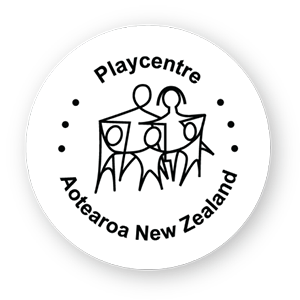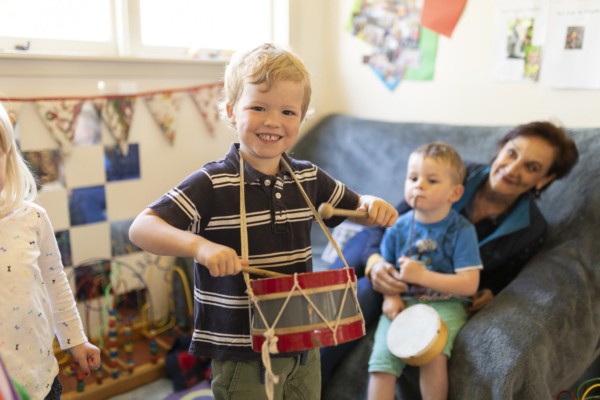Waiata mai – Sing to me
Singing and music are two constants in our lives. Music is present in many aspects of our lives – from television and movies, to worship and holidays, celebrations, ceremonies, sports, and even at times of grief. From the day they are born (and even before), parents use music to calm and soothe their tamariki, to express their love, and to engage. So what are the benefits of making sure our Playcentres are singing from the same page?
The why?
Among other things, music helps children:
- develop creativity and imagination
- build concentration and coordination
- grow listening skills (which are prereading skills)
- develop an understanding of language and symbols from their own and other culture’s language and speech.
- gain the ability to express feelings through voice and body
- grow rhythm and harmony
- recognise and enjoy sounds, instruments and different music
- value their own cultural music knowledge and participate in the music of other cultures.
In te ao Māori, waiata serve many functions. They are used to support a whaikōrero (formal speech), or ung to express grief and to mourn after a loss. They are use to teach and pass on knowledge, or to urge people to take up a cause, or even to settle historical debates (Higgins and Loader, 2014).
The how?
Some ideas to introduce music and singing into your Playcentre could include:
- action songs
- learn a new song in a new language – Māori? NZ Sign Language? Mandarin? Fijian?
- listening to a simple rhythm and copying it
- making instruments
- create your own songs – can you write a song about the current schema interest of a tamaiti?
- take a walk and draw a sound map – what can the tamariki hear?
- listen to and imitate sounds around you (animals, sirens, traffic, rain)
- visit a music store, attend a performance or invite a local kapa haka Rōpū for a visit
- make your own instruments – poi, rakau, drums, xylophones, windchimes, etc.
- spend some time curating a special Playcentre playlist on Spotify
Tips
- Sing and play music to children often. Have the right technology (CD player, instruments, Bluetooth speaker etc) handy.
- Emphasise an enjoyable experience, not a performance of high standards.
- Ask questions like, “how does this make you feel?”.
- Sing in a soft, little voice. This will encourage children to join in.
- To help numeracy and literacy, sing songs with numbers and new words in them.
The adult’s role:
- singing and chanting as often as they enjoy it
- responding when children make up their own songs and chants
- dancing and moving to music with tamariki
- making up chants and songs while doing other activities e.g. at the playdough table
- making music fun and enjoyable
- making a wide variety of music available
- playing instruments and using other musical equipment
- exploring sounds and making music out of any everyday items that come to hand
- providing plenty of opportunities for making music at any time.
Te Whāriki
Music supports learning across all strands of Te Whāriki. In particular, children’s developing musicality is supported in the mana reo – communication strand, where they discover and develop different ways to
be creative and expressive. Music is a useful activity to encourage children to participate and to feel comfortable with the routines of Playcentre. This is part of the mana whenua and mana tangata strands.
References:
Ministry of Education. (2015). Play Ideas for Playgroups. Retrieved from education.govt. nz.
Rawinia Higgins and Arini Loader. (2014). ‘Waiata tawhito – traditional Māori songs’, Te Ara – the Encyclopedia of New Zealand,
http://www.TeAra.govt.nz/en/waiatatawhito- traditional-maori-songs


